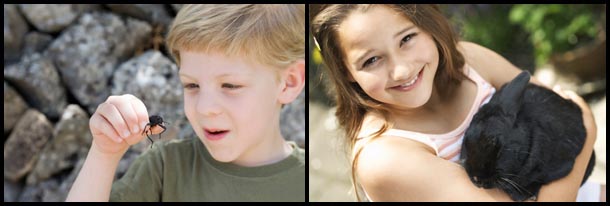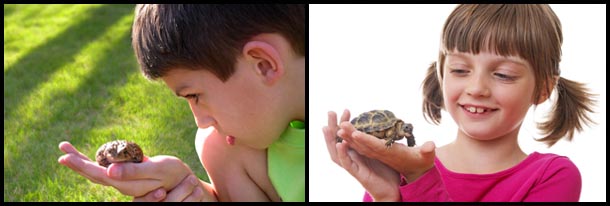Ferrets see in mostly grey tones, but can see red better than any other colour. This means they are more likely to notice red objects. As to whether they ‘see red’ when they’re angry, I have no idea.
It is often spoken about with many animals, especially dogs, that they do not see colour in the same way as humans. Humans perceive three primary colours of light : red, blue and green. A lot of mammals see only blue and green. Birds, reptiles, insects and amphibians on the other hand are able to see four or more primary colours. This is because their vision stems into the ultraviolet spectrum of light. How cool?!

What do ferrets see?
As I said before, they have fairly poor vision so ferrets see little to not colour and instead view the world in mostly grey tones. Or do they?
Yes. Sorry for the rollercoaster going on here, but the answer isn’t that simple. They don’t literally see no colour at all, instead seeing a very desaturated version of the world. Red, as previously mentioned, is the primary colour they are most sensitive to and therefore the one that dominates their view of the world.
Here are a few examples from a ‘ferret vision simulator’ to illustrate my point.
 A ferrets poor eyesight has some disadvantages to their survival. The poor creatures can only see about 2-3 feet in front of themselves, making them quite vulnerable. They also have a blind spot right in front of their nose, which is why you may see them sniffing their food or other objects; they can’t see them!
A ferrets poor eyesight has some disadvantages to their survival. The poor creatures can only see about 2-3 feet in front of themselves, making them quite vulnerable. They also have a blind spot right in front of their nose, which is why you may see them sniffing their food or other objects; they can’t see them!
I’d be remiss not to mention which light conditions are the most ideal for ferret vision. Ferrets see much better in twilight hours (dawn and dusk) when light levels are low and the sun is casting only a small glow.
Other colour blind animals
Of course, ferrets are not the only animal that perceive colour differently to humans. Let’s run through a few examples.
Have you ever wondered why, when people go hunting for deer, they wear orange? That’s because deer cannot see that particular colour! That means poor old Bambi will never appreciate the sight of a cold glass of orange juice in the morning. It’s also probably why his mother didn’t see that hunter…

Moving on, elephants share identical sets of visual pigments with colour-blind humans. From this we can of course conclude that they too are colour blind. Once you start researching it, it’s phenomenal how many animals actually are colour blind. Everyone talks about dogs seeing grey but no one mentions orange-less deer or poor old elephants.
Pigs are an interesting case as they have much stronger vision than you might imagine. Painting or decorating a pig’s home/sty with colours they can perceive can help them to feel less anxious. They often view objects as solid colours. This means that while they may be able to tell that the sky is blue, they are unable to see clouds or rainbows etc. in said sky. How peculiar.
I hope you’ve learnt a little something about how our small animal friends perceive the world and that you spend a moment imagining some other things from their point of view. Just a little something to consider.
Extra information
Animal-Club provides animal parties or animal handling workshops. You will be able to see, learn and interact with many wonderful animals with the help of our presenters. Our mobile zoo has many friendly animals such as rabbits, tarantulas, geckos, vinegaroons and more, perfect for an animal party. We can also come over to your school for an animal school visit or arrange for an animal workshop with us where the children can learn about looking after animals and animal behaviour, and have fun too.



